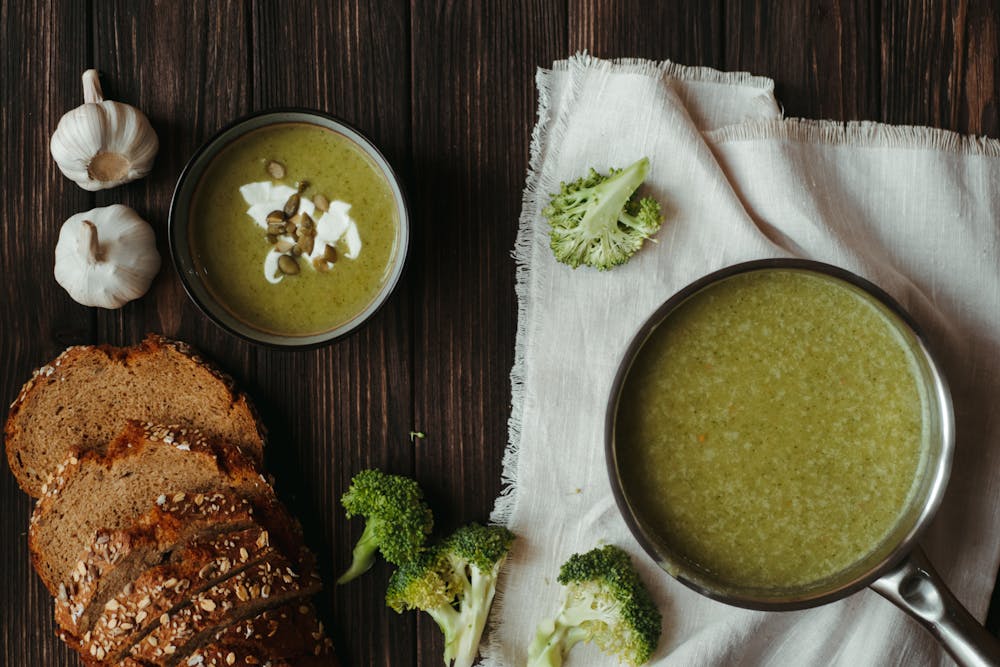Navigating dietary restrictions in cooking has been a journey filled with learning and creativity for me. With more people embracing gluten-free, dairy-free, and other dietary preferences or requirements, it’s become essential to adapt recipes to accommodate these needs while still delivering delicious and satisfying meals.
 First and foremost, understanding the dietary restrictions is crucial. Whether it’s gluten intolerance, lactose intolerance, allergies, or lifestyle choices like veganism, each restriction requires careful attention to ingredients and cooking methods. Educating oneself about the specific restrictions helps in making informed decisions when planning and preparing meals.
First and foremost, understanding the dietary restrictions is crucial. Whether it’s gluten intolerance, lactose intolerance, allergies, or lifestyle choices like veganism, each restriction requires careful attention to ingredients and cooking methods. Educating oneself about the specific restrictions helps in making informed decisions when planning and preparing meals.
 When cooking for gluten-free diets, it’s essential to avoid ingredients like wheat, barley, and rye while opting for naturally gluten-free alternatives such as rice, quinoa, and corn. Experimenting with gluten-free flours like almond flour, coconut flour, or chickpea flour can also open up a world of possibilities for baking and cooking.
When cooking for gluten-free diets, it’s essential to avoid ingredients like wheat, barley, and rye while opting for naturally gluten-free alternatives such as rice, quinoa, and corn. Experimenting with gluten-free flours like almond flour, coconut flour, or chickpea flour can also open up a world of possibilities for baking and cooking.
 Similarly, for dairy-free diets, substituting dairy products like milk, butter, and cheese with plant-based alternatives such as almond milk, coconut oil, and nutritional yeast can yield delicious results. These alternatives not only provide a creamy texture but also add unique flavors to dishes.
Similarly, for dairy-free diets, substituting dairy products like milk, butter, and cheese with plant-based alternatives such as almond milk, coconut oil, and nutritional yeast can yield delicious results. These alternatives not only provide a creamy texture but also add unique flavors to dishes.
 Beyond gluten and dairy, there are numerous other dietary restrictions to consider, including nut allergies, soy intolerance, and more. Being mindful of these restrictions and carefully reading labels when shopping for ingredients is essential to ensure the safety and enjoyment of all diners.
Beyond gluten and dairy, there are numerous other dietary restrictions to consider, including nut allergies, soy intolerance, and more. Being mindful of these restrictions and carefully reading labels when shopping for ingredients is essential to ensure the safety and enjoyment of all diners.
 Fortunately, there are plenty of resources available for those cooking with dietary restrictions. From cookbooks and online recipes to specialty stores and support groups, there’s no shortage of inspiration and guidance for creating delicious meals that cater to diverse dietary needs.
Fortunately, there are plenty of resources available for those cooking with dietary restrictions. From cookbooks and online recipes to specialty stores and support groups, there’s no shortage of inspiration and guidance for creating delicious meals that cater to diverse dietary needs.
 Experimenting with different ingredients, flavors, and cooking techniques has been one of the most rewarding aspects of cooking for dietary restrictions. It’s a chance to get creative in the kitchen and discover new favorite dishes that everyone can enjoy, regardless of their dietary preferences or restrictions.
Experimenting with different ingredients, flavors, and cooking techniques has been one of the most rewarding aspects of cooking for dietary restrictions. It’s a chance to get creative in the kitchen and discover new favorite dishes that everyone can enjoy, regardless of their dietary preferences or restrictions.
 In conclusion, cooking for dietary restrictions doesn’t have to be daunting. With a little creativity, knowledge, and experimentation, it’s possible to create delicious and satisfying meals that cater to gluten-free, dairy-free, and other dietary needs. By embracing these challenges, we can expand our culinary horizons and foster inclusivity around the dining table.
In conclusion, cooking for dietary restrictions doesn’t have to be daunting. With a little creativity, knowledge, and experimentation, it’s possible to create delicious and satisfying meals that cater to gluten-free, dairy-free, and other dietary needs. By embracing these challenges, we can expand our culinary horizons and foster inclusivity around the dining table.

